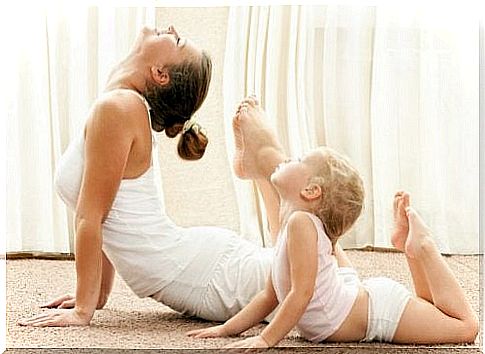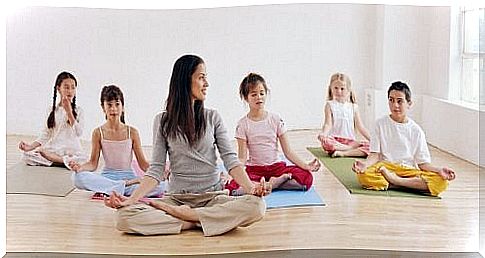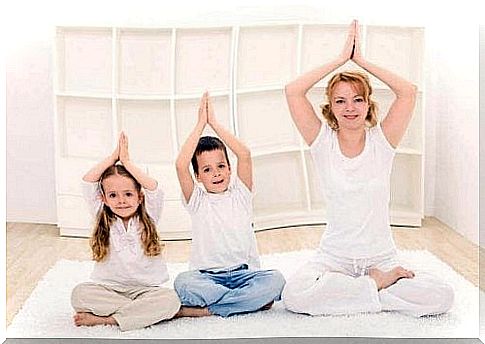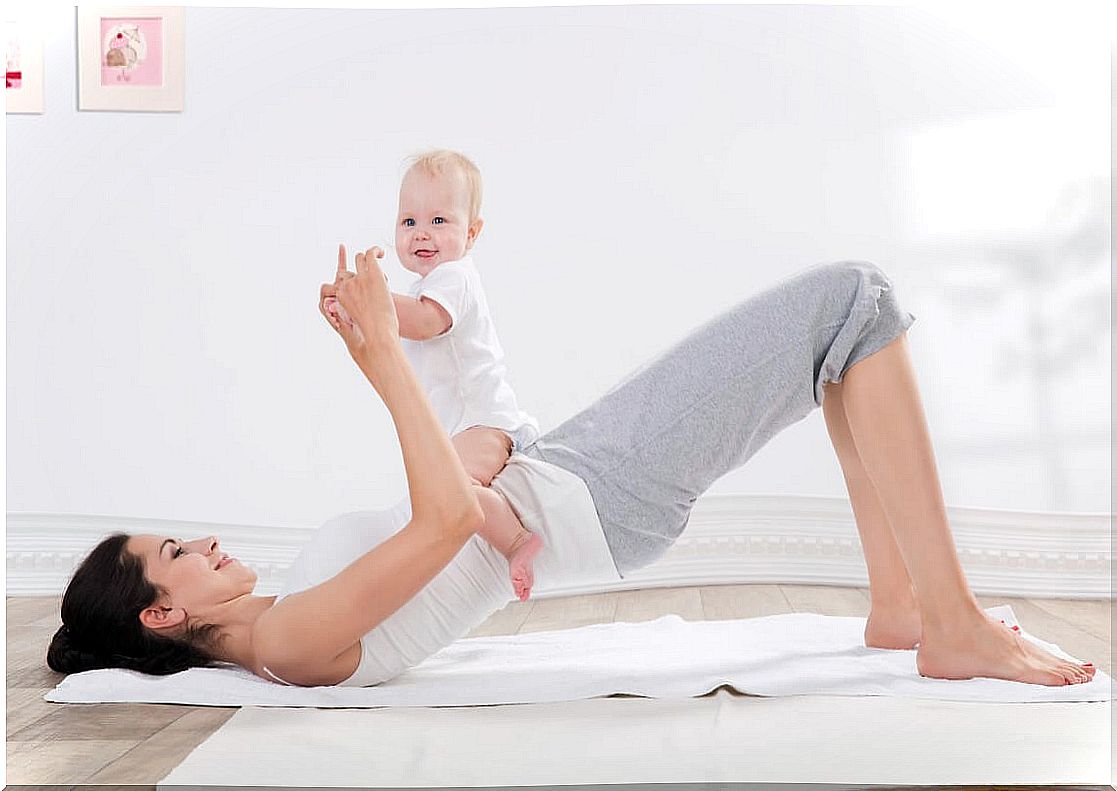Know The 12 Benefits Of Your Children Practicing Yoga For Children

If you have returned to the routine and you are considering that your child change their after-school activity or sign up for one for the first time, we will tell you the 12 benefits of yoga for children.
Why enroll my child in yoga class?
Yoga is a psychophysical discipline that achieves conditions of great well-being for the body and mind.
Practicing yoga is a fun way to develop important skills in a positive, non-competitive environment. This atmosphere of calm and well-being is very favorable for the physical and emotional development of our children, as it helps them relax and have fun.
Thanks to their flexibility and sense of balance, it is very easy for them to adopt the different postures. Children are able to completely withdraw from the world around them and fully concentrate on play.
In addition, thanks to the practice of yoga for children they learn to breathe correctly and deeply through abdominal breathing, that is, with the nose and belly. This technique improves the functioning of the respiratory system and calms the mind, because the calmer and more regular the breathing, the more the thoughts are calmed.
Yoga postures, inspired by elements of nature such as animals or plants, allow those who practice them to get in tune with their own body and, also, as a reflection, with the energetic manifestations that these postures recall.

12 Benefits of Yoga for Kids
- Improves flexibility.
- Increases strength and endurance.
- Strengthen the muscles.
- Helps with coordination.
- Promotes body awareness.
- Improves concentration.
- Maintains the feeling of calm.
- Relax your mind.
- It allows you to connect more deeply with the inner self.
- They develop an intimate relationship with the natural world around them and great self-confidence.
- Encourage camaraderie and friendship.
- It promotes respect for the environment, peace and love.
Benefits of yoga for children with ADHD
The practice of asanas or yoga postures reinforces your child’s concentration level, memory and body awareness. This is why through different games structured according to the child’s age, their creativity, imagination and self-esteem are developed.
In addition, through breathing and relaxation techniques, the nervous system is calmed and released, releasing states of anxiety, tension and stress. Thus, yoga for children with ADHD can help them in the following aspects:
- Impulsiveness. The habitual practice of yoga is worked through the establishment of a series of repetitive and systematic routines that children acquire. Routines help the child with ADHD to automate behaviors. In addition, the systematic practice of body movements improves the knowledge of your body and enhances the better organization of your brain.
- Hyperactivity Through relaxation, the child with ADHD manages to reduce their hyperactivity and improve their concentration, in addition to reducing their restlessness and developing coordination with less muscle tension.
- Attention. Working the body postures in a playful way, the ability to focus on a single thing is developed, discarding the unimportant stimuli.

Asanas to practice with your child at home
- I greet the sun. It is a series of postures that serve as a warm-up for a yoga session. Helps to keep fit and stretch the whole body.
- The tree. Standing, with your legs together and your arms stretched out and resting on your hips, focus your gaze on a point that is in front of you. Next, raise your right foot and resting the sole on the inner part of the left thigh, at the highest possible point. Once you have achieved balance, raise your arms joining the palms of your hands over your head. Lower your right foot and repeat the exercise with the other foot. When you’re done, relax for a few minutes.
- The Lumberjack. Standing with your legs wide apart and your fingers interlocked, take a deep breath and raise your arms. Then, with a quick exhalation, lower your hands and place them between your legs, also bending your back. You will notice how, when lowering, the voice releases a spontaneous and natural sound. Afterwards, recover the position and perform the exercise several times.










